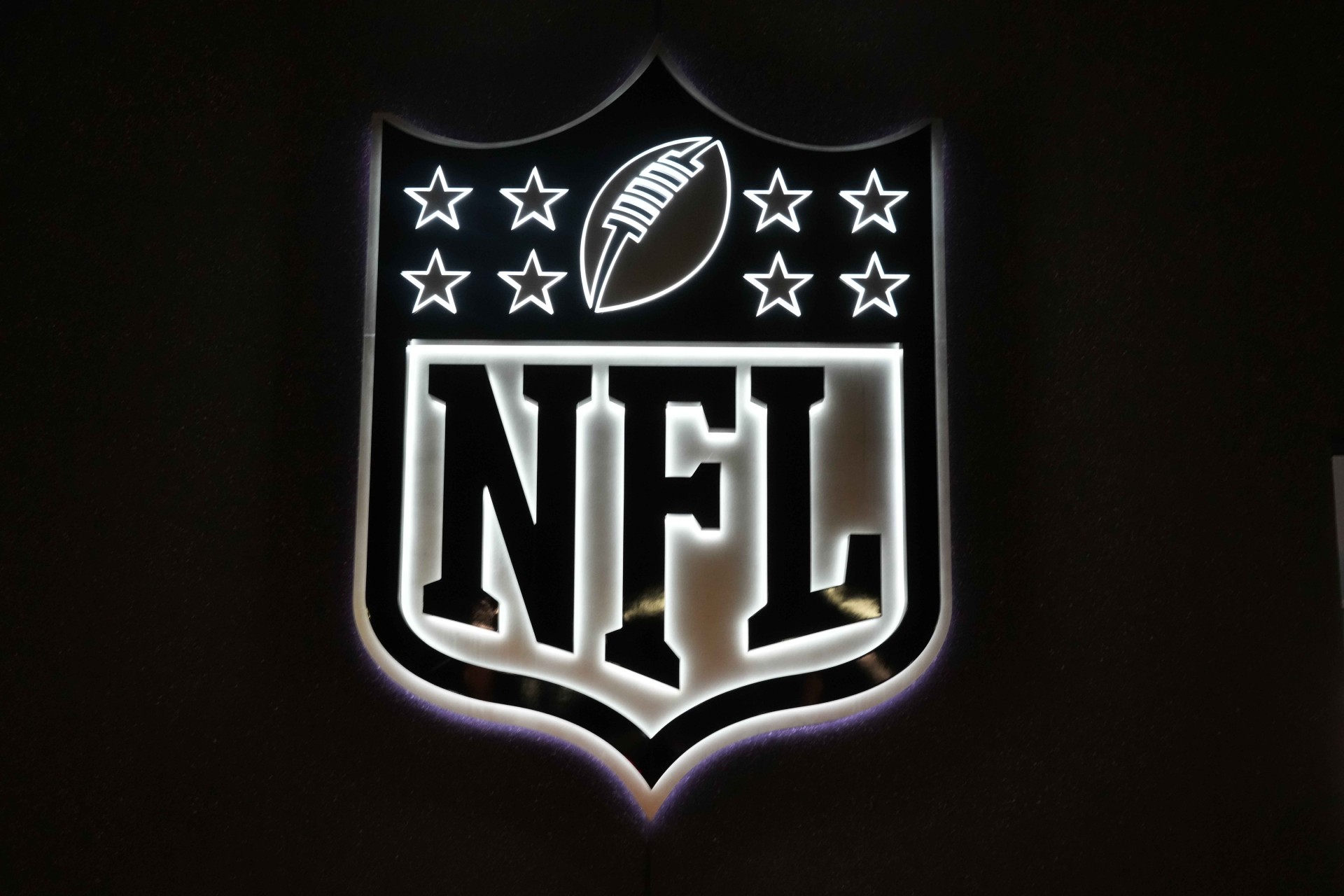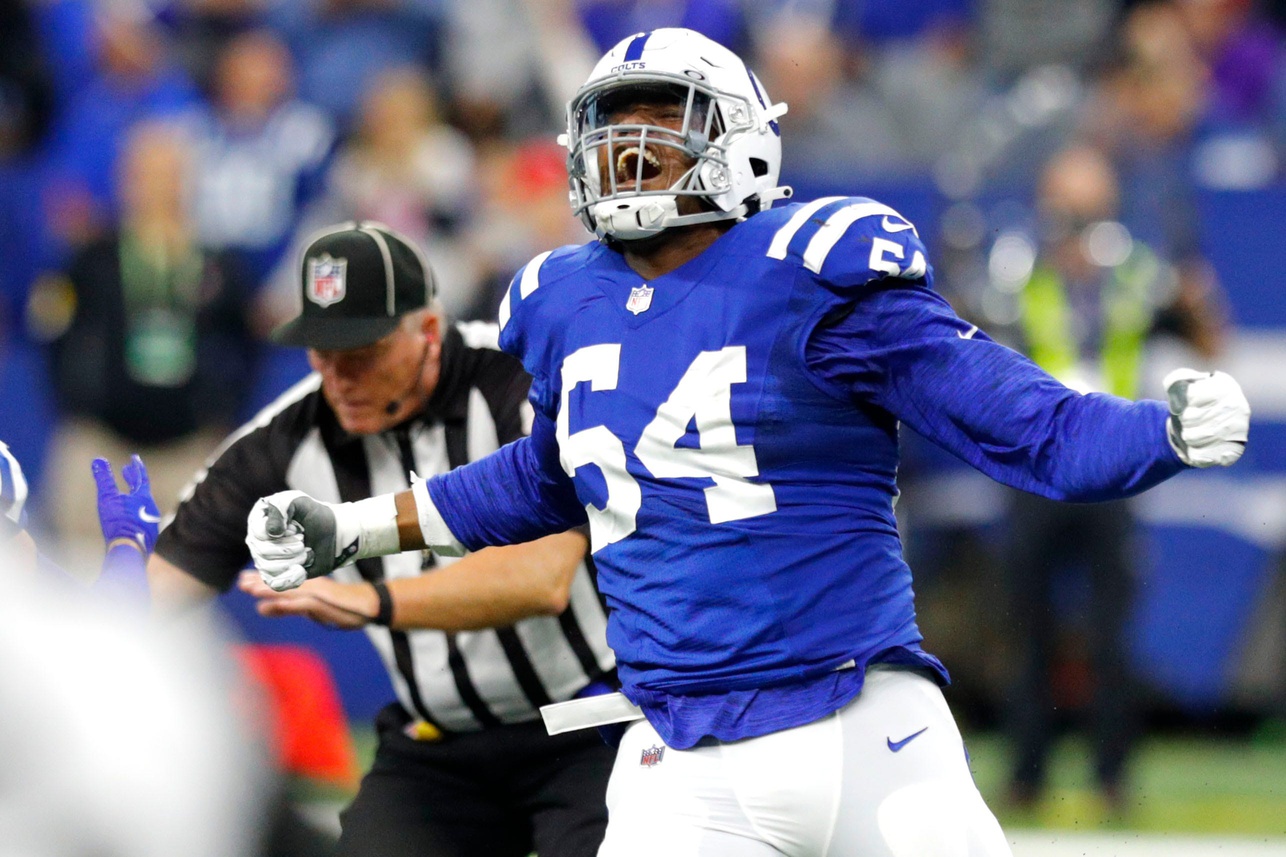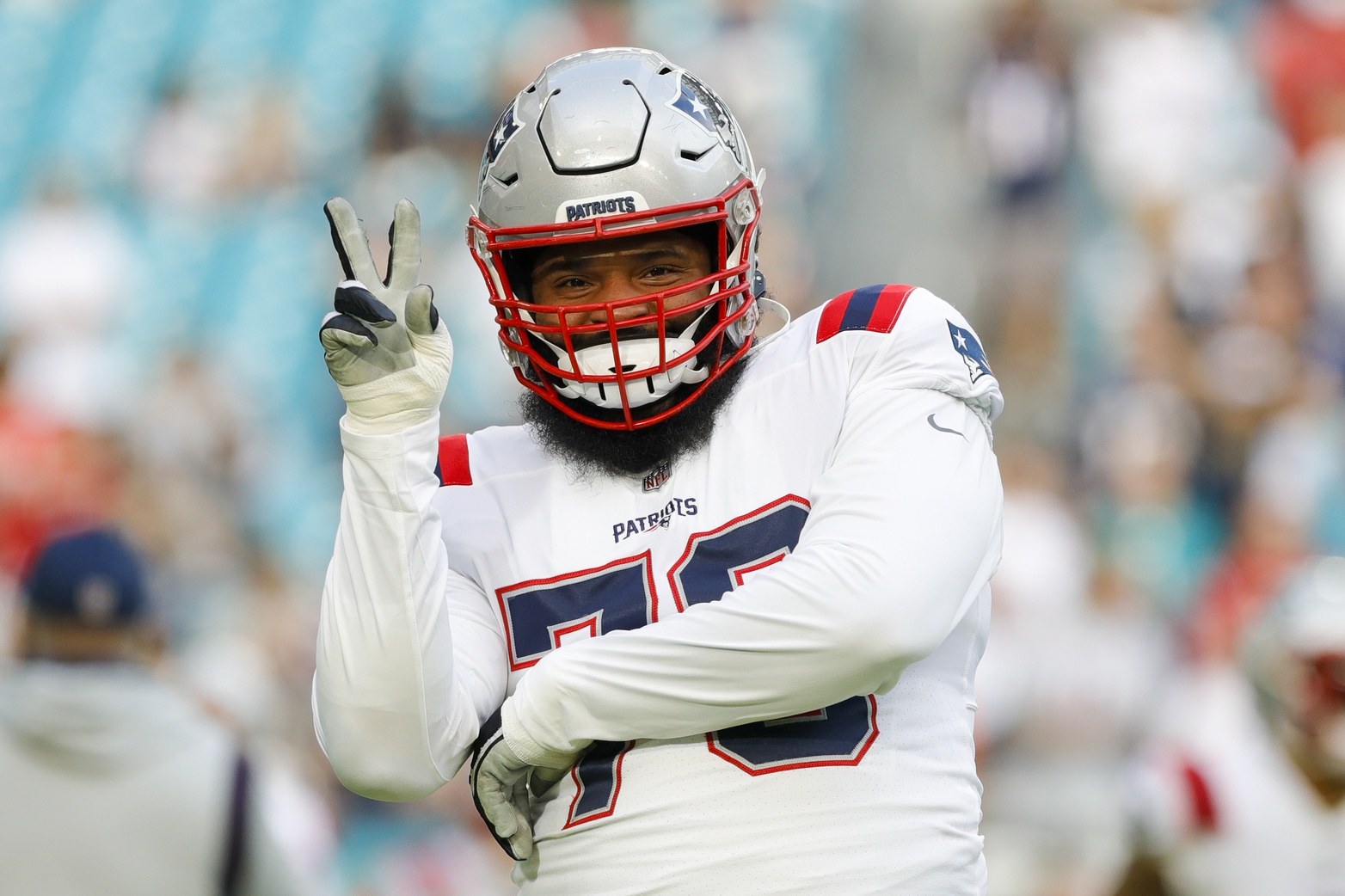In my last article, I outlined how the term “analytics”has become polarizing in NFL circles. Analytics is simply the analysis and study of data. At its core, football is and has always been a game of numbers.
This takes on even greater importance when you factor in the billion-dollar industry of fantasy football, which is predominantly driven by data. In part two of this three-part series, we will look at the impact analytics have had on a critical part of the game-player acquisition.
Winning is paramount in today’s NFL. In the 1950s, UCLA football coach Henry Russell “Red” Sanders made the bold statement that would later be echoed by Vince Lombardi: “Winning isn’t everything…its the only thing.”As a result, evaluating prospective players as well as the players on the current roster is ultimately the lifeblood of a team. It is a critical aspect of the game that largely contributes to the overall success of a franchise.
A couple of great drafts can position a team for success. Conversely, a couple of bad drafts can easily set one back, placing it in the type of competitive deficit that could take the organization years to recover from. Drafting the right players is also paramount for success. Today, every NFL team, in some capacity, is relying on data to assist them in this process.
Analytics also play a critical role in regard to player acquisition. As a member of one particular front office, our general manager would have likely scoffed at the notion that we were analytically based. However, we had parameters for each player at each position.
One of the pioneers of this concept is former New York Giants head coach Bill Parcells and was adopted and used today by two of the game’s greatest coaches across the NFL and NCAA in Bill Belichick and Nick Saban. This is precisely the definition of quantitative data or to analyze and use any quantifiable data to assist in the process of making real-life decisions. It simply means to asses the data by measuring it numerically. Quantitative data usually answers questions like, “How fast,” “How long” or How quickly?” By measuring a wide receiver’s 40-yard dash speed, the length of an offensive tackles arms, the 10-yard split of an edge defender or the short shuttle of a running back is all considered the analysis of quantitative data.
Even with advanced statistics like quarterback rating, completion percentage or even success rate against a defensive back would all be considered quantitative data. This data is extremely important because the aforementioned coaches have been known to be adamant about sticking to their parameters for the respective position. Parcells often said, “If you start making exceptions, you’ll soon have a team full of them.” Needless to say, all of these coaches have enjoyed an immense level of success while using this methodology.
The other type of data that is used in player acquisition is qualitative data. The value of qualitative data is typically a bit more abstract and can’t be measured with numbers. It’s more subjective and often refers to an evaluation of a player’s tendencies, strengths/weaknesses and decision-making in a positive or negative way. Analyzing qualitative datauses a non-judgmental approach to explain information not clearly conveyed in quantitative data.
This could be about trends and beliefs, among other things. Qualitative data attempts to subjectively analyze trends. It seeks to answer questions like, are some quarterbacks genetically incapable of playing the position on the football team that arguably requires the highest mental aptitude?
Another example of qualitative data is observing a player’s tendencies as an indicator of his intentions like when a QB wipes his hands on his towel before throwing a pass or a receiver who tightens his gloves when he’s the primary option on a route. It can also look like a cornerback who acts out of the norm because he’s the short zone player and anticipating a short route.
Ultimately, football isn’t the only arena where data is used to make critical decisions. In fact, there are many instances in the world where data is used as a part of the decision-making process. Although they may have alternative names in the football offices, both quantitative and qualitative data are still critical components in the evaluation process.
Data helps people to better understand how the game is played and how the players who play the game are selected. Data has simplified the game even for the casual fan by providing tangible evidence of how well their player or team is performing. All of this ultimately contributes as an individual piece to a puzzle that should result in a better understanding of who the player is.
Filed In
Related Articles
NFL
Dayo Odeyingbo Looks Healthy, Ready To Wreak Havoc For Colts
- Aug 22, 2022
NFL
3 Teams That Should Trade For Isaiah Wynn
- Aug 22, 2022
Written By



































